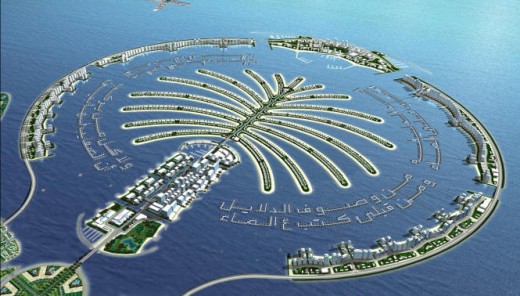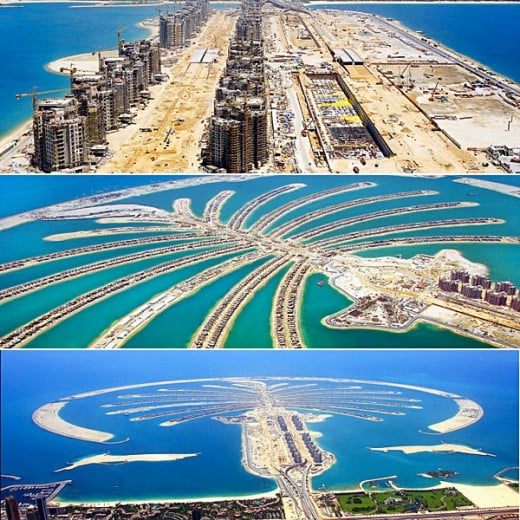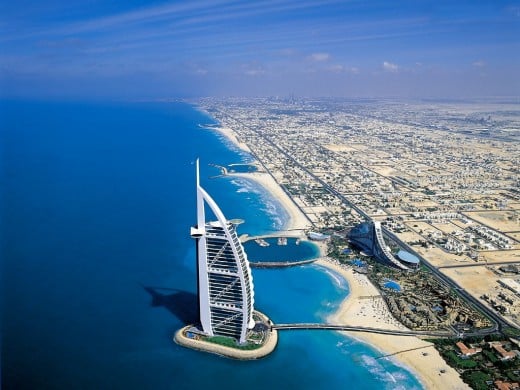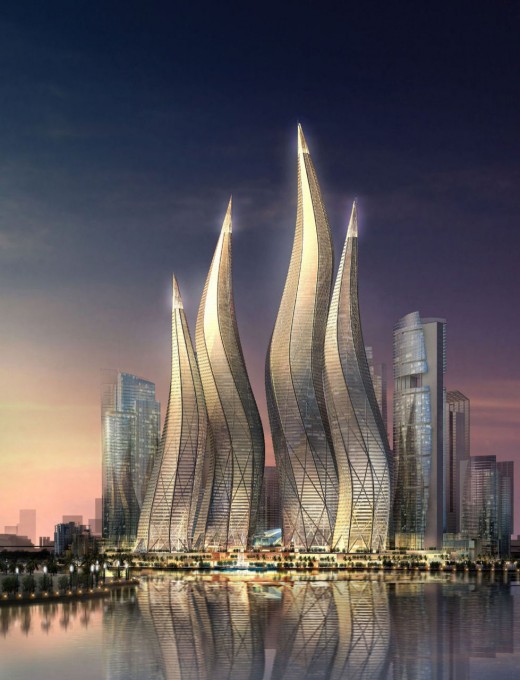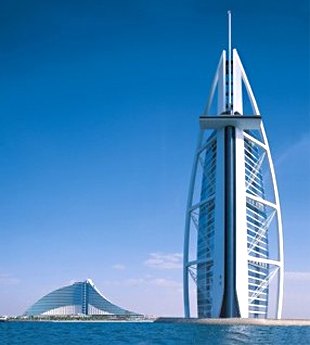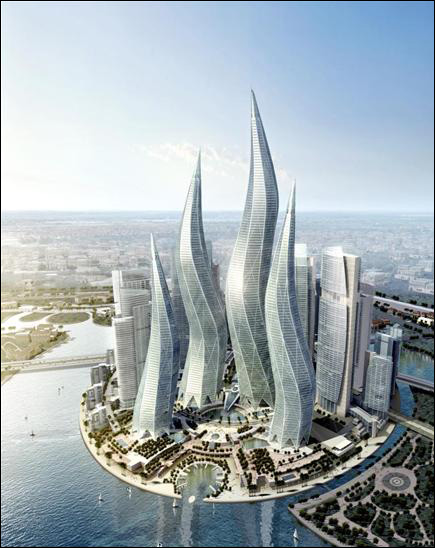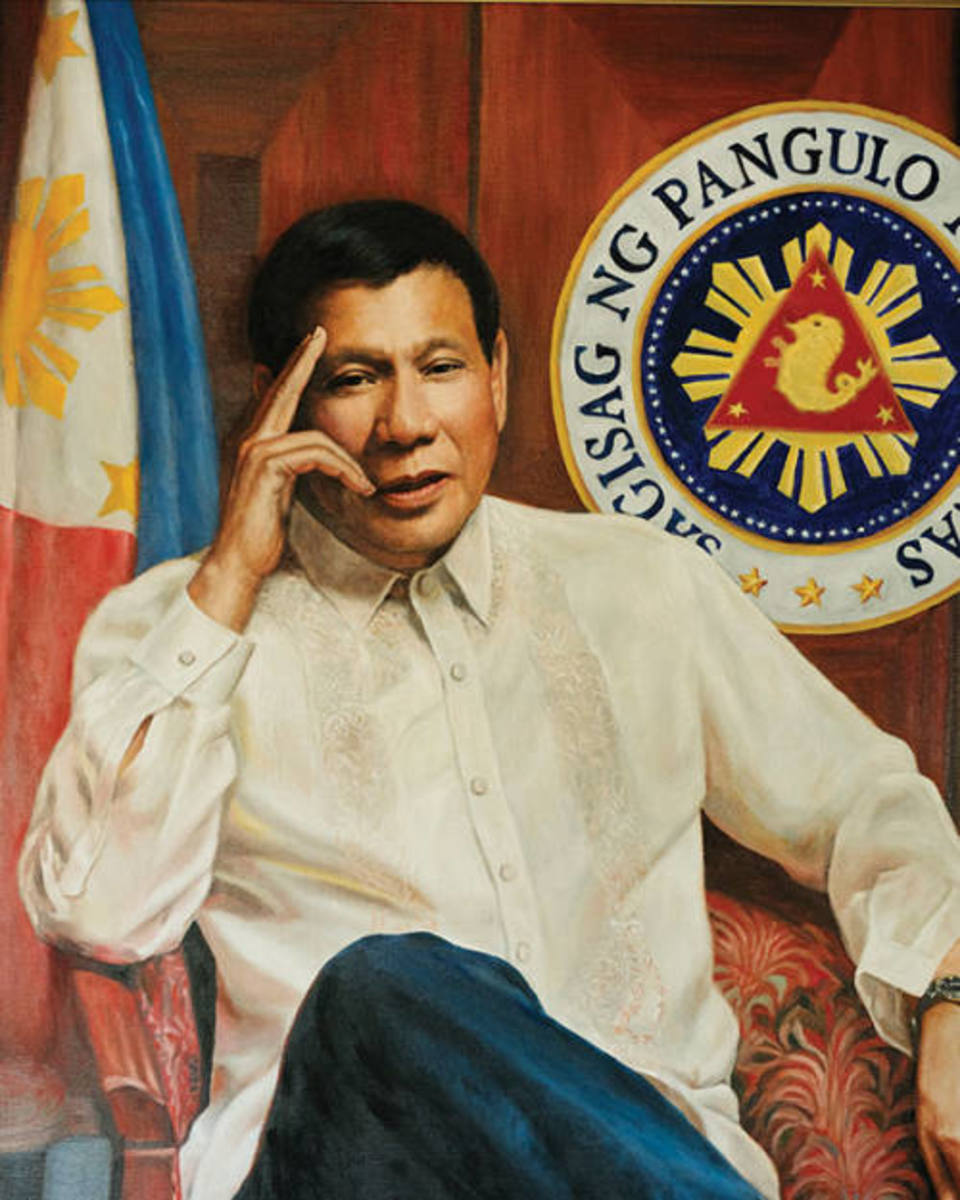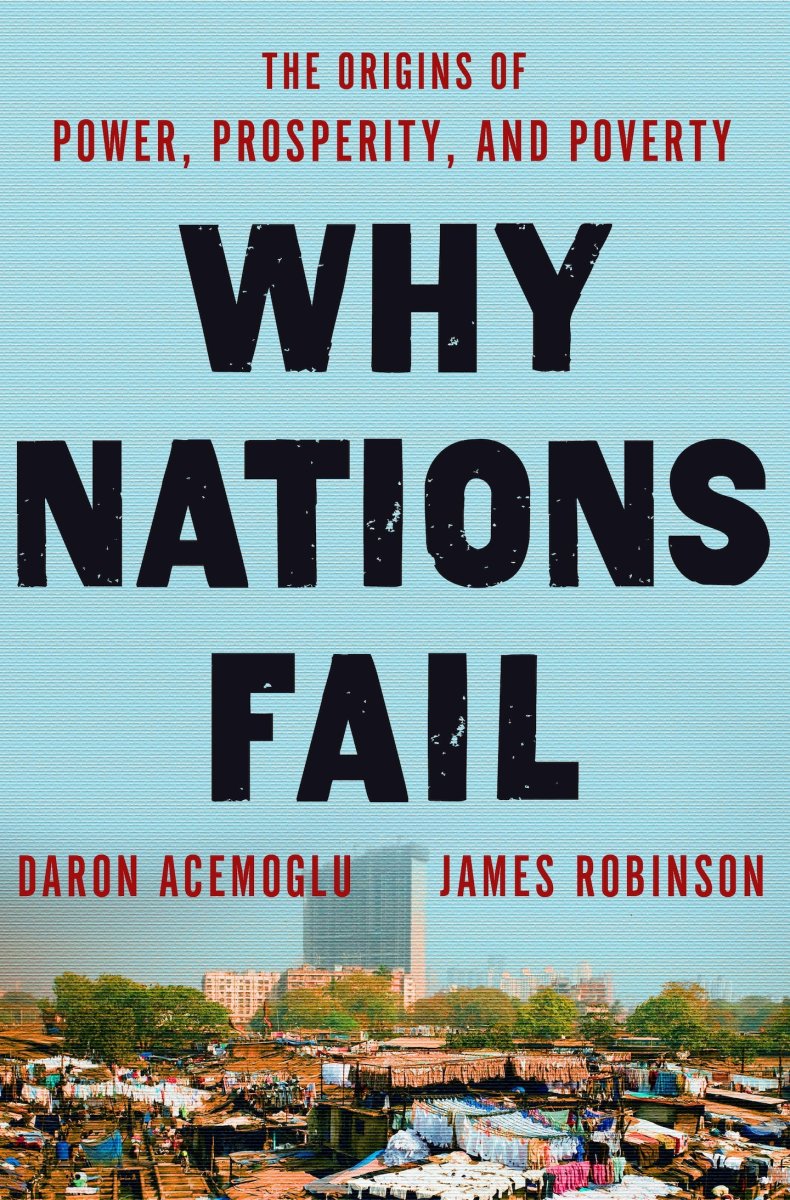Dubai Real Estate Development
Free Hold Development in Dubai
Gateway Jebel Ali
Gateway Jebel Ali is a new residential free-hold development located in Jebel Ali,Dubai.
Gateway Jebel Ali is ideally located providing easy access to the rest ofDubai, UAE and the GCC, in general. In particular, it has convenient access toJebelAliPortand Airport, Jebel Free Zone and TechnologyPark.
Being located in downtown Jebel Ali, proper it also boasts a full range of other amenities and features appealing to both local and international residents.
Gateway Jebel Ali offers to its residents the convenience and benefits of full service free-hold living and the freedom to enjoy the best ofDubaiand the region. For those residents also pursuing regional business opportunities, Gateway Jebel Ali provides an ideal base.
Who will be your neighbors? Gateway Jebel Ali provides a true international living experience. It has been designed to meet the needs and appeal to the discerning tastes of well heeled international residents from Europe andAmerica,Russiaand the CIS, South Asia and theFar East. In addition, local and regional residents will find Gateway Jebel Ali and ideal second home or a discreet getaway from which to enjoy the freedom and luxuries ofDubaiand welcomes neighbors from the GCC,IranandNorth Africa. At Gateway Jebel Ali, we understand that both you and your neighbors value their security and privacy and we ensure both, to make your visits and living experience the most pleasurable.
Gateway Jebel Ali is being offered directly to potential residents by a limited number of reputed regional agents who maintain an exclusive rolodex of clients.
Overview of the Gateway Jebel Ali Project
Profitability: A detailed financial analysis and study has been carried out indicating the following:
· Based on a pessimistic and conservative sale price of AED 18,000 per sqm the project is profitable with an IRR of 11% and NPV of AED 27 million.
· With a nominal sale price of AED 20,000 – 22,000 per sqm the project returns an IRR of at least 32% and NPV of 69 million to 134 million
Market Potential: The demand for new high-end housing units is at least 80,000 per year. Based on an analysis of demand-supply estimates, this gap will continue to exist at least until 2011. Therefore, new projects have the potential to capture some of this market share.
The Project is targeted to middle to high end customers, particularly those from emerging markets seeking to diversify their assets and to acquire second homes abroad. The Project also appeals to GCC nationals who are also attracted toDubaidue to its cosmopolitan flavor, amenities and liberal attitude.
The Project should be positioned as a small but unique and high value offering only to the most exclusive clients who appreciate quality, security and privacy.
Recommendation: Presently, it has been suggested that the Project be structured as a single fund. However, the benefit of such a structuring can only be realized if several projects are folded into the fund.
The benefits that would be realized for a fund of several projects include:
· Efficiency in capital placement
· Diversification and risk mitigation
· Income from project roll over
Therefore, it is recommend that instead of launching this Project as a single fund, a pipeline of projects be developed, with Gateway Jebel Ali representing the signature project.
Dubai the Land of Opportunities
Dubai is one of the seven emirates and the most populous city of the United Arab Emirates (UAE). It is located along the southern coast of the Persian Gulf on theArabian Peninsula. The city ofDubai is sometimes called "Dubai city" to distinguish it from the emirate.
Dubaishares legal, political, military and economic functions with the other emirates within a federal framework, although each emirate has jurisdiction over some functions such as civic law enforcement and provision and upkeep of local facilities.Dubaihas the largest population and is the second largest emirate by area, afterAbu Dhabi.
Dubaihas been ruled by the Al Maktoum dynasty since 1833.Dubai's current ruler, Mohammed bin Rashid Al Maktoum, is also the Prime Minister and Vice President of the UAE.
The emirate's revenues are from trade, real estate and financial services. Revenues from petroleum and natural gas contribute less than 6% ofDubai's economy. Real estate and construction, on the other hand, contribute approximately 25% to the economy. Dubaihas attracted worldwide attention through innovative real estate projects and sports events. It has emerged as a world business hub and with its other world class facilities and attractions a destination of preference for business and vacation travellers, alike.
Jebel Ali is a port town, located 35 km southwest of the city ofDubai in the United Arab Emirates (UAE). The port's construction began in the late 1970s along withJebelAliVillage (built around 1977) which was used, initially, for the construction workers of the port.
Jebel Ali is the world's largest man-made harbor and the biggest port in theMiddle East. The area is also home to "5,500 companies from 120 countries".
The Jebel Ali Free Zone, established in 1985, is the industrial area surrounding the Jebel Ali port.DubaiWorldCentralInternationalAirportis being constructed in the area. The success of the Jebel Ali free zone allowed the city to replicate its model to develop clusters of new free zones, includingDubaiInternetCity,DubaiMediaCityandDubaiMaritimeCity.
Real Estate Outlook: The real estate market will slow for the next 3-6 months. The dynamics of the industry are complex, which has been fuelled in the past by speculation. Presently, transaction volume has declined and is predicted to drop by up to 10%. However, the long term prospect, especially for units to come to market after the next 6 months is more upbeat with an up tick expected to be seen circa March 2009 and restoration by March 2010. Developers should take comfort in the underlying fundamentals including a significant demand-supply gap which is not expected to let up as population growth figures continue to rise. Even with 200,000 housing units to come on-line by 2010, this inventory is still half of what is required. Once this volume is absorbed, appetite for new units will continue to remain strong.
Dubai’s recent emergence on the world stage has been carefully engineered by its Ruler. Visionary leadership and foresight has led to the conversion of a sleepy desert village to a thriving world class metropolis.
Dubai’s strengths and its future prospects have been carefully considered and addressed in its Strategic Plan which in part is based on further diversifying the economy and the creation of sustainable and preeminent projects and developments that will maintainDubaias a preferred place of residence, business and pleasure. Further, at the core of it,Dubai’s financial strength is assured and will continue to support its development.
Effect of Financial Crisis on Dubai
A Note on the Global Financial Crisis
Presently, we are witness to a global financial crisis and economic slowdown lead by the meltdown of the American financial industry.
Much commentary, from numerous sources has surfaced as to both the direct and indirect factors that have lead to the current situation and the most widely reported include the capitalistic credit culture, securitization of assets, commodity prices and speculation. Some or all of these factors are interrelated and have combined to create the “perfect storm”. We will only briefly touch on these points.
Capitalistic Credit Culture: The growth of the American economy over the last decade has been underpinned by the availability of cheap and virtually unlimited credit, enticing both consumers and corporateAmericato live large and beyond their means. Fuelling the economy in such a way is unsustainable as demand is basically driven by extending credit to high risk borrowers with unrelenting appetites. It created a fragile house of cards where the propensity to consume was not supported by the ability to pay. It has been estimated that debt has increased from 104% of GDP to 350% of GDP in the last 10 years.
Securitization of Assets: In an effort to extend the credit demand, financial institutions set about lobbying for both relaxing regulatory requirements in the name of a free and efficient market as well as creating structured products. Mortgage-backed securities became a favorite of lending institutions to make room on the balance sheet for more lending activities that generated unprecedented income. Political motivation of the “American dream” of home ownership saw the extension of credit to the sub-prime market. With deregulation of the industry came the ability to self-deal where the different financial institutions ranging from banks, insurers, investment banks and other investment companies became one-stop shops. Therefore, institutional risk and exposures increased despite the notion of securitization of assets. These bloated assets on the balance sheet were now like a balloon stretched to its limit.
Commodity Prices and Speculation: Demand for goods and services vastly increased directly as a result of the cheap credit available to buy them. This is necessarily reflected in a price increase of finished goods all the way down to raw materials. Despite actions to keep Inflation in check, such pressures are reflected in the futures exchanges for commodities. Market speculators starting with day-traders increased volatility of these markets attracting the attention of and entry of institutional players, mostly financial institutions. This was further compounded by the creation and sale of derivative-based financial products to their clients with both parties having relative appreciation for the underlying exposures. Market makers are need to take a hedged position, however both them and other financial institutions including saw the opportunity for quick profits and the market saw the entry of hedge funds.
As the story unfolds we have witnessed an unsustainable economic growth fuelled by virtual fundamentals as a result of cheap credit. Self-dealing and financial engineering of structured and asset backed securities provided a means for exceptional risk taking behavior and speculation as result of greed promoted by deregulation and profit seeking positioned America in a precarious situation, literally, on the verge of collapse.
The Outlook and the Road Ahead
On a global scale, economies and investors with exposure toAmericaare suffering more or less along the same lines. Governments led by the American example have intervened to prop up and back their financial systems announcing various strategies from buy-outs to interest rate cuts. A gripping fear has set in which has resulted in the credit crunch, effectively lack of liquidity in the market due to the crisis of confidence i.e. no one is willing to lend to each out of fear of default. Liquidity is the grease of the capitalistic machine. New measures have been announced to directly make liquidity available to “main street” to spur economic recovery.
Despite doom sayers, in time, a recovery is sure.
And not all economies are expected to suffer to the same degree as their fundamentals are different; they have less exposure directly and indirectly toAmericaand their regulatory and governing institutions have been more prudent.
America: Expected to have a deep and long recession for the next 2-3 years in order for the economy to reset to and for financial systems and institutions to recover.
Europe: Following the same lines ofAmerica, especiallyWestern Europewith its high exposure and similar structure. The overall recovery is expected to be slightly less. However, country specific challenges exist especially for old economies.
Emerging Markets: Face a slow down for the next 6 months, directly as a result of some limited exposure and market sentiments. However, fundamentals are strong driving growth and will benefit further from lower commodity prices. Foreign direct investment is expected to increase, as Asia andMiddle Eastinvestors, namely sovereign wealth funds seek more attractive returns taking a long term perspective.
GCC: Face a 3-6 month slow down as a result of market sentiments. However, fundamentals remain strong as there is still a significant demand-supply gap, especially in infrastructure. Oil prices are likely to increase as real global demand is not predicted to lower significantly and if so, only for the short term. Demand from emerging economies in respect of lower prices will increase. Upward pressure on prices will be spurred by production cuts from OPEC and delayed investment into necessary infrastructure to increase oil production and refining capacity. Further, petro-dollar wealth will continue to be used to support regional development and in addition to seeking better returns in emerging markets.
Dubai
